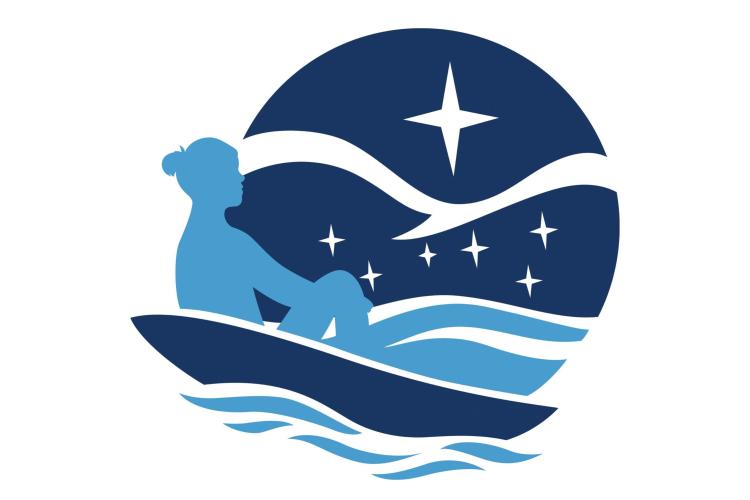Are you a rising star on the ocean? Do you love the ocean? Got experience as a fisher or waterperson? Want to help monitor the health of our ecosystems? NOAA is interested in working with our Pacific Island communities. Your life experience could be an asset!
The Hōkūala Kīkaha Kai “Rising Star” Internship offers ocean-minded students training in STEM (Science, Technology, Engineering, and Math) fields, practical shipboard and seagoing skills, and career mentorship with NOAA.
How about applying for a summer internship to get your feet wet?
Internship Benefits
We’re offering an opportunity for hands-on learning that will prepare you for a career in seagoing ocean science. You will be able to directly transfer your on-the-job training and become a force to be reckoned with on the deck of a research vessel in the process.
You may have the opportunity to:
- Learn to use marine monitoring equipment (e.g., underwater video systems, oceanographic instruments, sampling and fishing gear)
- Help conduct dive surveys
- Participate in small boat operations
- Adapt designs for marine projects and produce parts with 3D-printing
You will have the opportunity to complete an independent project and work with a team dedicated to your success.
How to Apply
Phase I: Summer Internship
The first phase of the Hōkūala Kīkaha Kai Internship is a paid 10-12 week summer internship experience, hosted by the Pacific Islands Fisheries Science Center Young Scientist Opportunity (PYSO). The 2025 project is pending, but in 2022 our intern helped design an artificial lighting system to improve underwater video-based fish surveys.
You will need to apply for a PYSO Summer Internship that aligns with the Hōkūala Kīkaha Kai Internship, the details of which will be noted in the PYSO project description. Applications are currently closed but should open in January. At this time, applicants must meet PYSO eligibility requirements to participate. Applicant review and selection will take place in March and the internship typically begins in June.
Phase II: Biological Science Aid (up to 2 years)
If you are successful in the summer internship program and a longer-term position suits your goals, there may be an opportunity to apply for part-time work as a biological science technician. In that role, you could progress to assisting various types of at-sea or shore-based operational and technical work in support of the Pacific Islands Fisheries Science Center’s research and monitoring.
As a member of the scientific crew, you would help with sea-going gear preparations and might work on oceanographic surveys, fisheries research, protected species conservation, or other marine science activities in Hawai‘i and across the U.S. Pacific Islands region. You will have additional opportunities for training, mentorship, networking, and outreach. The position is designed to fit with your continuing education and will help to identify your strengths and interests with the goal of seeking a permanent position with the science center in 2 years or less.
If you think a career on the sea sounds interesting and you’re willing to work hard to make it happen, this could be the perfect chance to make marine science your field and directly impact the future of the oceans.
More Information
For questions or application timeline reminders, please send all inquiries to pifsc.pyso@noaa.gov.
About
The internship has been named the Hōkūala Kīkaha Kai “Rising Star” Internship Program, in memory of Hōkūala Kari Johnson, an inspirational NOAA program lead in the Pacific Islands region who passed away in July 2020. Hōkūala Kīkaha Kai means “rising star skimming/soaring across the ocean” and describes a guiding star to mariners at sunrise. It is a tribute to her love for the sea, selfless mentorship, community engagement, and constant aspiration and actions to lift others up and help them find their way. We thank Kepā Maly of Hawai‘i Island for his assistance with the translation.







